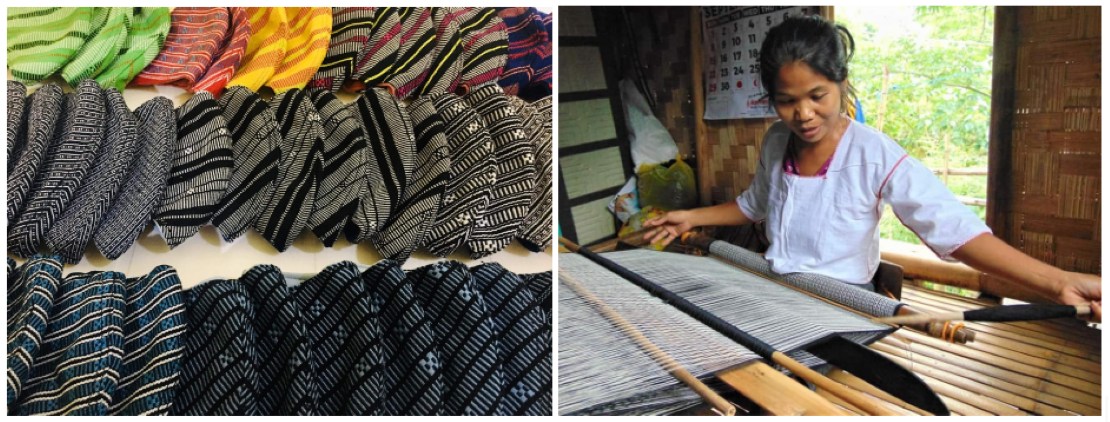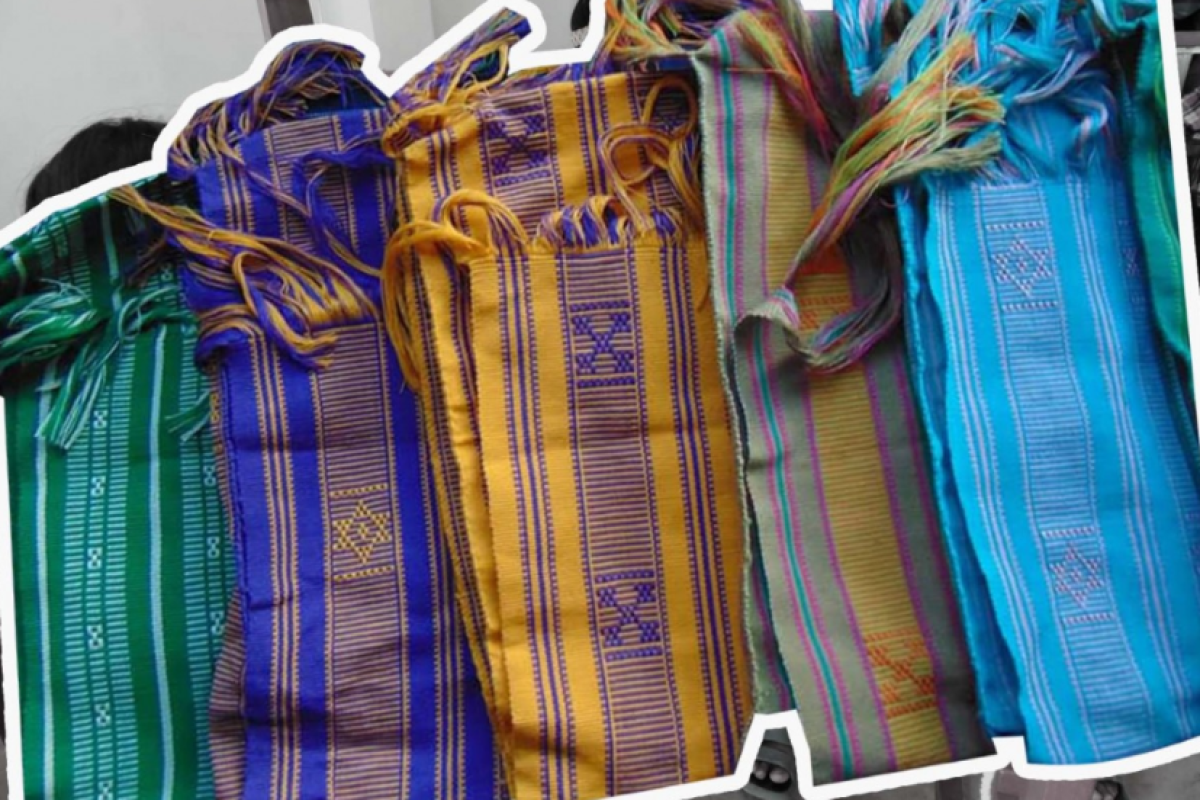The Department of Science and Technology celebrates the creativity of the indigenous people's work of art through textiles every January when it kicks off the year with the annual celebration of the Philippine Tropical Fabrics (PTF) Month.
This year’s celebration carries the theme, “Spinning Innovations”.
The DOST-Philippine Textile Research Institute is tasked under Proclamation No. 313 series of 2012, to promote the judicious use of indigenous textiles in the country with the use of abaca, banana, pineapple leaves, and Philippine silk, to sustain increased interest, and active participation in our local tropical fabric developments.
Indigenous textiles provide a glimpse of the country's rich cultural heritage. People especially the younger entrepreneurs have been incorporating traditional textiles into everyday items creating new designs and products that are marketable to the community. With the help of digital media, pop trends are assimilated into the mainstream with the use of Filipino textiles from face masks and cellphone cases to polo, shirts, and even gowns.
In Mindoro, Mangyan craftsmen produce a traditional fabric called ramit. The Hanunuos of Oriental Mindoro are known for their ramit fabric weaved from wild cotton of the burak tree called bunang.

Ramit is a textile made by the Hanunuo Mangyans. It is made by the women of the community and was traditionally handwoven by their process “habilan” from indigenous cotton seed materials. It is woven on a “harablon” (backstrap loom) and often features intricate geometric patterns.
Women wear the ramit as a skirt with a blouse called balukas, while men wear a traditional loincloth or ba-ag. Nowadays, ramit weaving uses cotton threads obtained from commercial and industrial garment producers, mainly of jeans.
This recycling of waste threads to use for weaving may not be indigenous, but the skills used in making the cloth are still indigenous. In addition to the ramit, the Mangyans also weave baskets made with buri palm leaf and nito vine strips to create specific Mangyan designs.
This indigenous textile represented by its stripe patterns and distinct blue color are usually worn among the tribal communities of Bulalacao, Roxas and Mansalay in Oriental Mindoro.
There are eight Mangyan tribes and their traditional weaving patterns showcase unity in diversity. Even though each group has its own distinct style, there are striking similarities as well, and each design is testament to these groups’ rich colorful heritage.
The intricate art of indigenous weaving is one that us Filipinos, should be proud of all over the world. This is a legacy of the ingenuity and creativity of our ancestors handed down to our present time. (GATS/PIA MIMAROPA)



